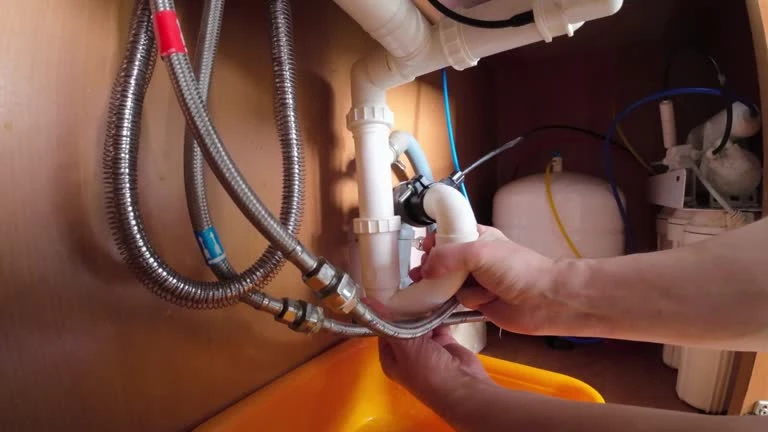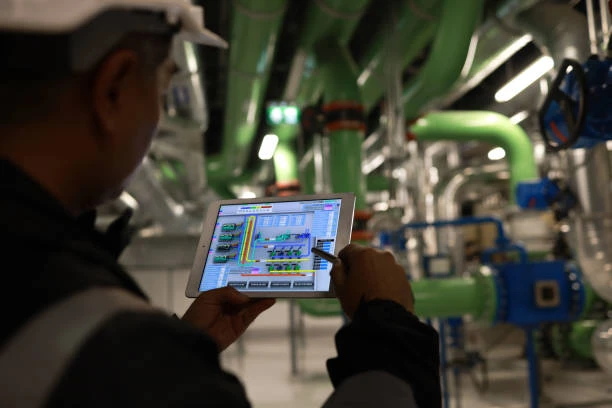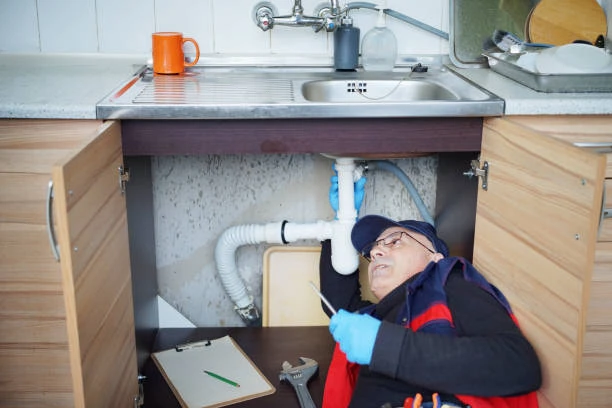Proper safety maintenance ensures the longevity and reliability of PPR pipes. With their widespread use in residential and industrial systems, understanding correct maintenance techniques is critical. This article explores effective safety maintenance measures, focusing on P-PR pipe construction.
1. Understand the Basics of PPR Pipe Construction
Before performing maintenance, understand the structure of PPR pipes. These pipes consist of polypropylene material with high thermal and chemical resistance. P-PR pipe construction varies in size and pressure ratings, so always check system specifications before maintenance. For example, a PN16-rated pipe works for cold water systems, while PN20 handles hot water. Knowing these details avoids accidental misuse.
2. Inspect the System Regularly
Routine inspections help identify wear, leaks, or potential weak points. Focus on joints, bends, and fittings, as they often experience the most stress. High-quality PPR pipe construction resists wear, but neglecting maintenance can reduce performance. Use visual checks and pressure gauges to monitor for any unusual drops or fluctuations.
3. Ensure Proper Installation Practices
Incorrect installation can lead to long-term damage. Always use proper tools and techniques to avoid harming the pipes. For instance, uneven cuts or improper welding weaken the system. During PPR pipe construction, follow manufacturer guidelines to maintain strength and safety.
4. Monitor Temperature and Pressure Levels
Excessive heat or pressure can damage PPR pipes. Install temperature controls and pressure gauges to maintain safe operating conditions. High-quality PPR pipe construction withstands significant stress, but regular monitoring ensures you stay within safe limits. For example, avoid using hot water systems with pipes not rated for high temperatures.
5. Avoid External Stress on Pipes
Prevent external forces, such as heavy loads or impacts, from damaging the pipes. During PPR pipe construction, avoid placing pipes in high-traffic areas or near sharp objects. Use protective casings or insulation to shield exposed pipes. These measures reduce the risk of physical damage.
6. Flush the System to Remove Blockages
Sediment or debris can clog PPR pipes, increasing internal pressure and leading to potential failure. Regularly flush the system to remove dirt and ensure smooth operation. During PPR pipe construction, install strainers or filters to prevent debris from entering. This step prolongs the pipe’s lifespan and reduces repair needs.
7. Repair Damage Promptly
Address leaks, cracks, or other issues immediately to prevent further damage. Use compatible tools and materials to match the existing PPR pipe construction. For example, if a joint leaks, replace it with a fitting of the same size and pressure rating. Timely repairs minimize risks and maintain system integrity.
8. Train Personnel in Maintenance Procedures
Proper training ensures safe and efficient maintenance. Teach workers about the unique characteristics of PPR pipe construction and the importance of regular inspections. Use examples to explain the consequences of neglect, such as pipe bursts or water contamination. A trained team ensures the system operates smoothly and safely.
By implementing these safety maintenance measures, you can maximize the lifespan and efficiency of your PPR pipes. Focus on high-quality PPR pipe construction and consistent care to maintain a reliable system.
IFAN Products international standards
IFAN products strictly adhere to a comprehensive range of international standards, encompassing ISO 15874, EN 15874, ASTM F2389, DIN 8077/8078, GB/T 18742, NBR 15884, ISO 15494, EN ISO 15494, GB/T 19472, NBR 15494, ASTM 2846 (501), DIN 8079/8080 (502), ASTM F441/F441M SCH80 (503), DIN (504), DIN (505), GB/T 18993, AS/NZS 1477, CSA B137.6, NSF/ANSI 14, TIS 17-2532/1131-2535, BS 3505, BS 4346 (801), ASTM D1785 SCH40 (802), ASTM D1785 SCH80 (803), DIN (804), GB (805), GB (806), GB(901), DWV(902), ASTM D2665 (903), along with ASTM D2241, D2665, D2729, and F441/F441M series, ISO 1452, EN ISO 1452, DIN 8061/8062, GB/T 10002, AS/NZS 1477, JIS K6741, CSA B137.3, and other national and industry norms.
Connect
IFAN is a Chinese manufacturer of plastic pipes, fittings and valves with 30 years of experience. If you are interest in IFAN copper fittings, copper valves, plastic pipes and fittings, please contact us. IFAN offers you a variety of standard pipes to meet your specific needs. Click below to learn more about IFAN’s wide range of affordable and cost-effective valve products and piping system related products.
We will reply your email or fax within 24 hours.
You can call us at any time if there is any question on our production.
For more information,pls visit our webside https://waterpipefitting.com/
Pls Mailto: [email protected]
Whatsapp: + 86 19857948982














Recent Comments